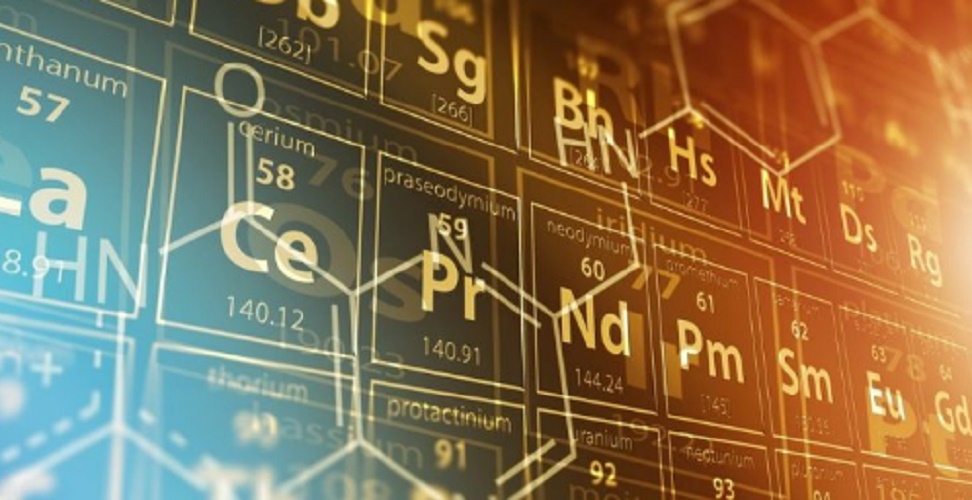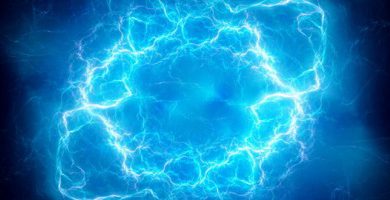What are nonmetals?
We explain what nonmetals are and some examples of these chemical elements. In addition, its properties and what are metals.
-
What are nonmetals?
In the field of chemistry , the elements of the Periodic Table that have greater variety, diversity and biochemical importance are called nonmetals or nonmetallic , being also the least abundant of the table. These elements have different chemical and physical characteristics than metallic ones, which allow them to generate complex molecular bonds and structures, much more than the simple ionic bonds that characterize metals.
As has been said, only 25 of the 118 known chemical elements are nonmetals: those essential for organic life and mostly belong to halogens (7 electrons in their last valence layer), noble gases (8 electrons in their last Valencia layer , except helium), as well as other diverse groups.
Nonmetal elements are fundamental to the understanding of life , since the body of living beings is primarily constituted by them (especially carbon, hydrogen and oxygen).
-
Examples of nonmetals

The main nonmetal elements are: oxygen (O), carbon (C), hydrogen (H), nitrogen (N), phosphorus (P), sulfur (S), selenium (Se), fluorine (F), chlorine (Cl ), bromine (Br), iodine (I), astatine (At), tenesus (Ts), helium (He), argon (Ar), neon (Ne), krypton (Kr), xenon (Xe), radon (Rn ), oganesón (Og), and few others.
-
Properties of nonmetals

Nonmetals are distinguished from metals in that:
- They are not usually good conductors, neither of heat nor of electricity.
- They have various states of aggregation under normal conditions: solid (such as sulfur), gas (such as hydrogen) or liquid (such as bromine).
- They have very low melting points (compared to metals).
- They are not bright and usually have different colors.
- They are not ductile or malleable.
- They always acquire a negative charge when ionizing.
- When combined with oxygen, they form anhydrides (non-metallic oxides).
- They have in their last layer 4, 5, 6, 7 or 8 electrons.
- They mostly form biatomic molecules (Cl2, H2, O2, etc.).
-
Metals

The metal or metal elements are the most abundant in the Periodic Table (93 of 118). Unlike nonmetals, they have more homogeneous patterns of physical and chemical characteristics, being preferably solid, lustrous, bright and excellent conductors of electricity and heat.
The metallic elements are linked by ionic or metallic bonds , and although they have a presence in organic chemistry (chemistry of life), they are not part of the fundamental elements from which the body of living beings is constituted.





